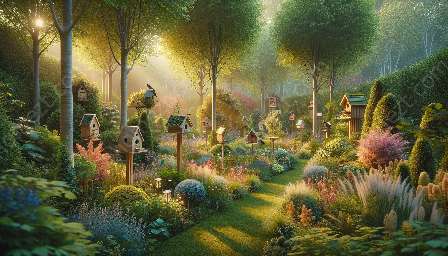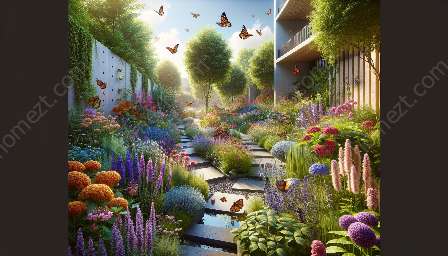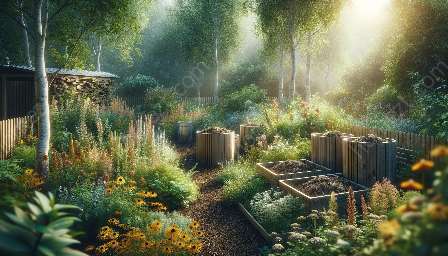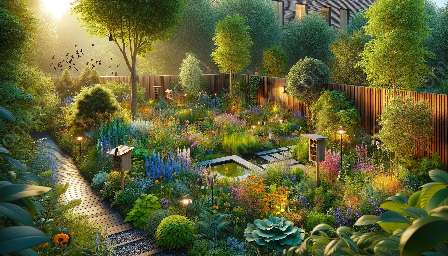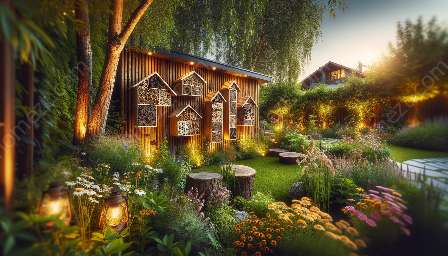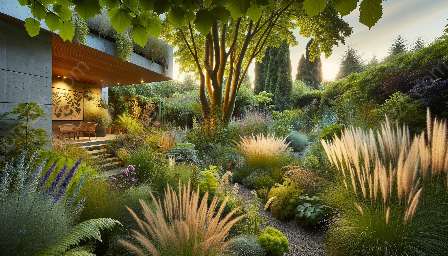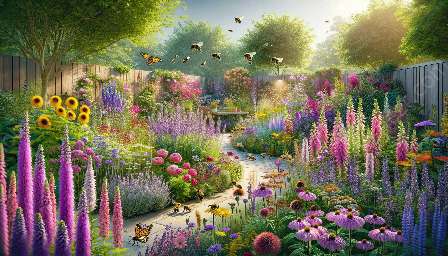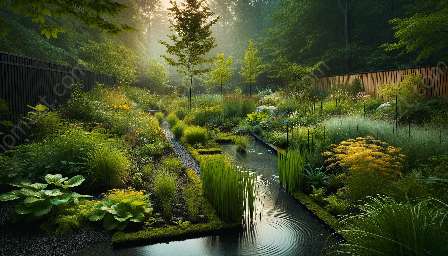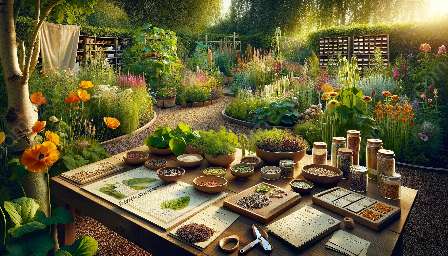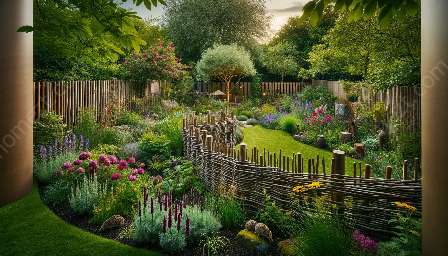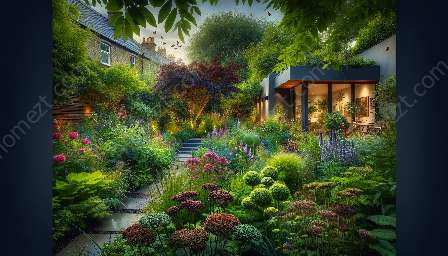Have you ever admired a stunning flower or tasted a delicious vegetable from your garden and wished to grow it again next year? This desire to preserve and propagate the plants we love is at the heart of seed-saving, an ancient practice that enriches wildlife gardening and contributes to landscaping in a sustainable and environmentally friendly way.
Understanding Seed-Saving
Seed-saving is the process of harvesting and storing seeds from plants for future use. It is an age-old practice with a newfound relevance in today's world, where biodiversity and sustainable gardening are at the forefront of public consciousness. By saving seeds, gardeners not only ensure the continuation of their favorite plant varieties but also play a vital role in preserving genetic diversity in our ecosystems.
Importance of Seed-Saving in Wildlife Gardening
Wildlife gardening seeks to create habitats that attract and support local fauna, from butterflies and bees to birds and small mammals. By incorporating seed-saving into this approach, gardeners can cultivate a wide range of plants that provide food and shelter for wildlife, while also conserving native species that may be at risk due to habitat loss and climate change. Furthermore, saving seeds from locally adapted plants can help maintain the unique genetic traits of regional flora, contributing to the resilience of local ecosystems.
Enhancing Landscaping with Seed-Saving
In the realm of landscaping, seed-saving offers a sustainable way to introduce and maintain diverse plant species, enriching the visual appeal and ecological value of designed outdoor spaces. By saving seeds from well-adapted and resilient plants, landscape designers can create a harmonious blend of native and ornamental species that thrive in their specific environments, reducing the need for chemical inputs and ongoing maintenance.
Tips for Incorporating Seed-Saving into Gardening Practices
- Educate Yourself: Begin by learning about the plants in your garden and how to collect, process, and store their seeds.
- Choose Open-Pollinated Varieties: Opt for open-pollinated plants, as they produce seeds that stay true to the parent plant, unlike hybrids.
- Harvest at the Right Time: Wait until seeds are fully mature and dry on the plant before collecting them.
- Properly Store Seeds: Keep seeds in a cool, dry, and dark place, preferably in airtight containers to maintain their viability.
- Share and Exchange Seeds: Participate in seed swaps and share surplus seeds with other gardening enthusiasts to expand your plant collection and contribute to genetic diversity.
Conclusion
Seed-saving is a fulfilling and impactful practice that aligns with the principles of wildlife gardening and sustainable landscaping. By preserving the genetic diversity of plants and supporting local ecosystems, seed-saving enables gardeners and landscapers to play an active role in the conservation of biodiversity while enjoying the beauty and abundance of their outdoor spaces.

